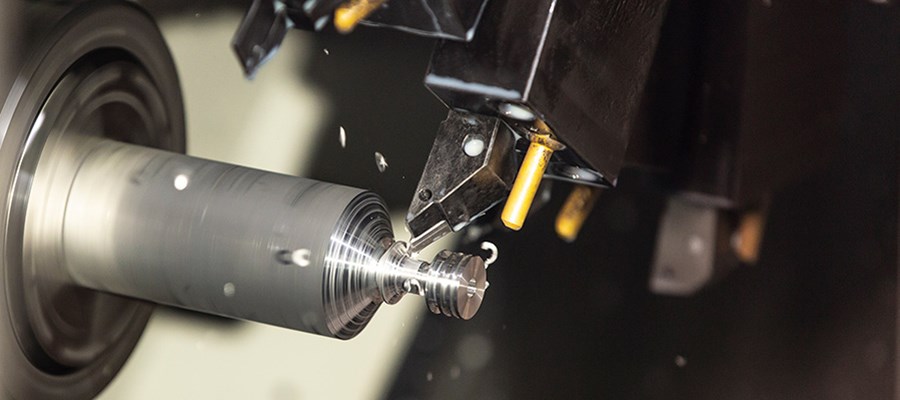
With the development of industries such as iron and steel, petrochemical industry, ships and electric power, the welded structures tend to develop in the direction of large-scale, large-capacity and high-parameters, and some are still working in low temperature, cryogenic, corrosive media and other environments.


Therefore, various low-alloy high-strength steels, medium- and high-alloy steels, super-strength steels, and various alloy materials are increasingly used. However, with the application of these steel grades and alloys, many new problems are brought about in welding production, among which the more common and very serious is welding cracks.
Cracks sometimes appear during welding and sometimes during placement or operation, so-called delayed cracks. Because such cracks cannot be detected in manufacturing, such cracks are more dangerous. There are many kinds of cracks generated in the welding process. According to the current research, according to the nature of the cracks, they can be roughly divided into the following five categories:

1. Hot crack
Hot cracks are generated at high temperatures during welding, so they are called hot cracks. Depending on the material of the metal to be welded, the shape, temperature range and main reasons of the generated hot cracks are also different. Therefore, the hot cracks are divided into three categories: crystallization cracks, liquefaction cracks and polygonal cracks.


1. Crystal cracks
In the later stage of crystallization, the liquid film formed by the low volume eutectic weakens the connection between grains, and cracks occur under the action of tensile stress.
It mainly occurs in the welds of carbon steel and low-alloy steel with more impurities (high content of sulfur, phosphorus, iron, carbon, and silicon) and the welds of single-phase austenitic steel, nickel-based alloys and some aluminum alloys middle. In individual cases, crystalline cracks can also occur in the heat-affected zone.
2. High temperature liquefaction crack
Under the action of the peak temperature of the welding thermal cycle, remelting occurs between the heat-affected zone and the layers of the multi-layer welding, and cracks are generated under the action of stress.
It mainly occurs in high-strength steels containing chromium and nickel, austenitic steels, and some nickel-based alloys in the near seam zone or between multi-layer welds. When the content of sulfur, phosphorus and silicon carbon in the base metal and welding wire is high, the tendency of liquefaction cracking will increase significantly.

Post time: Apr-18-2022
